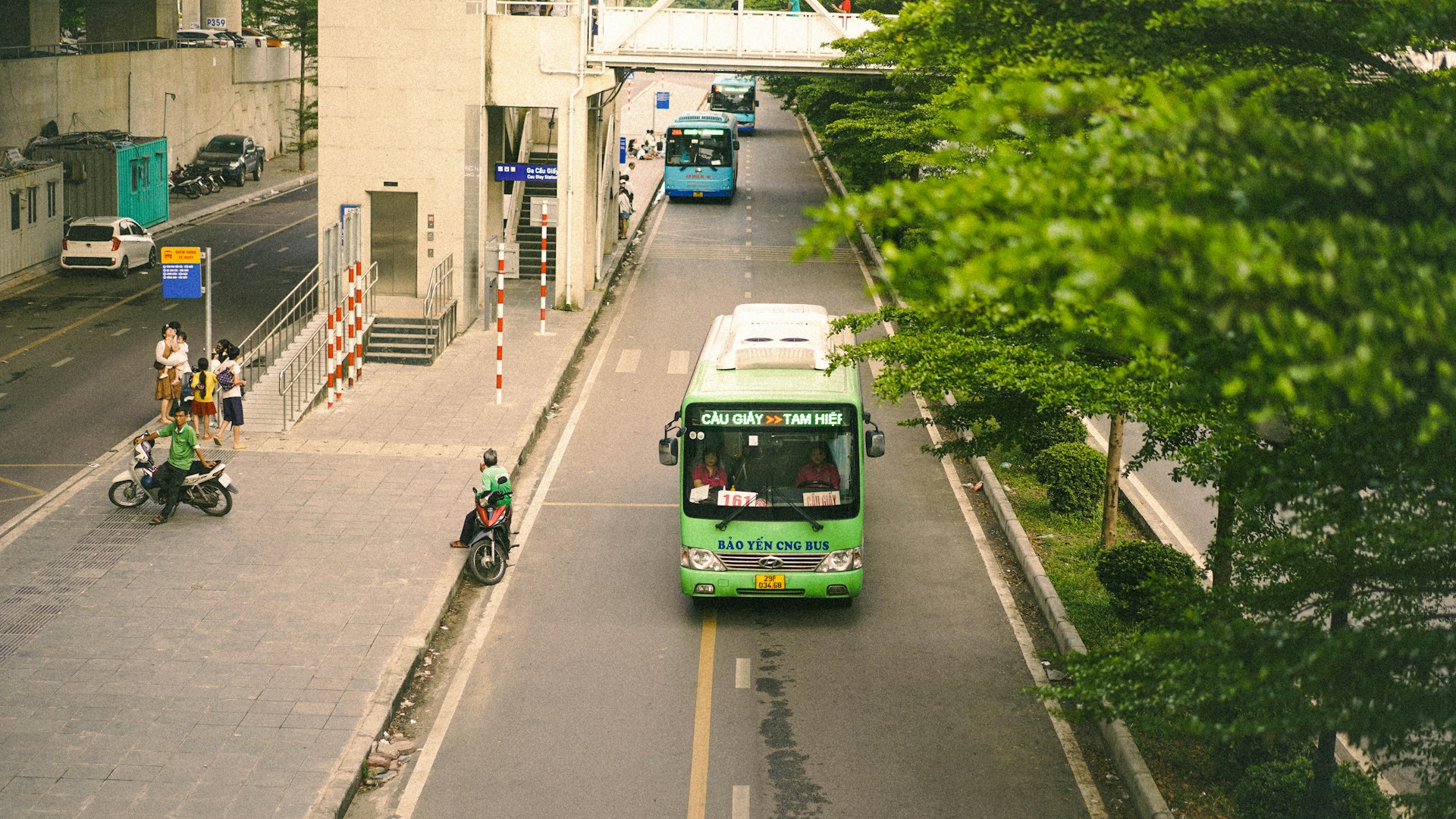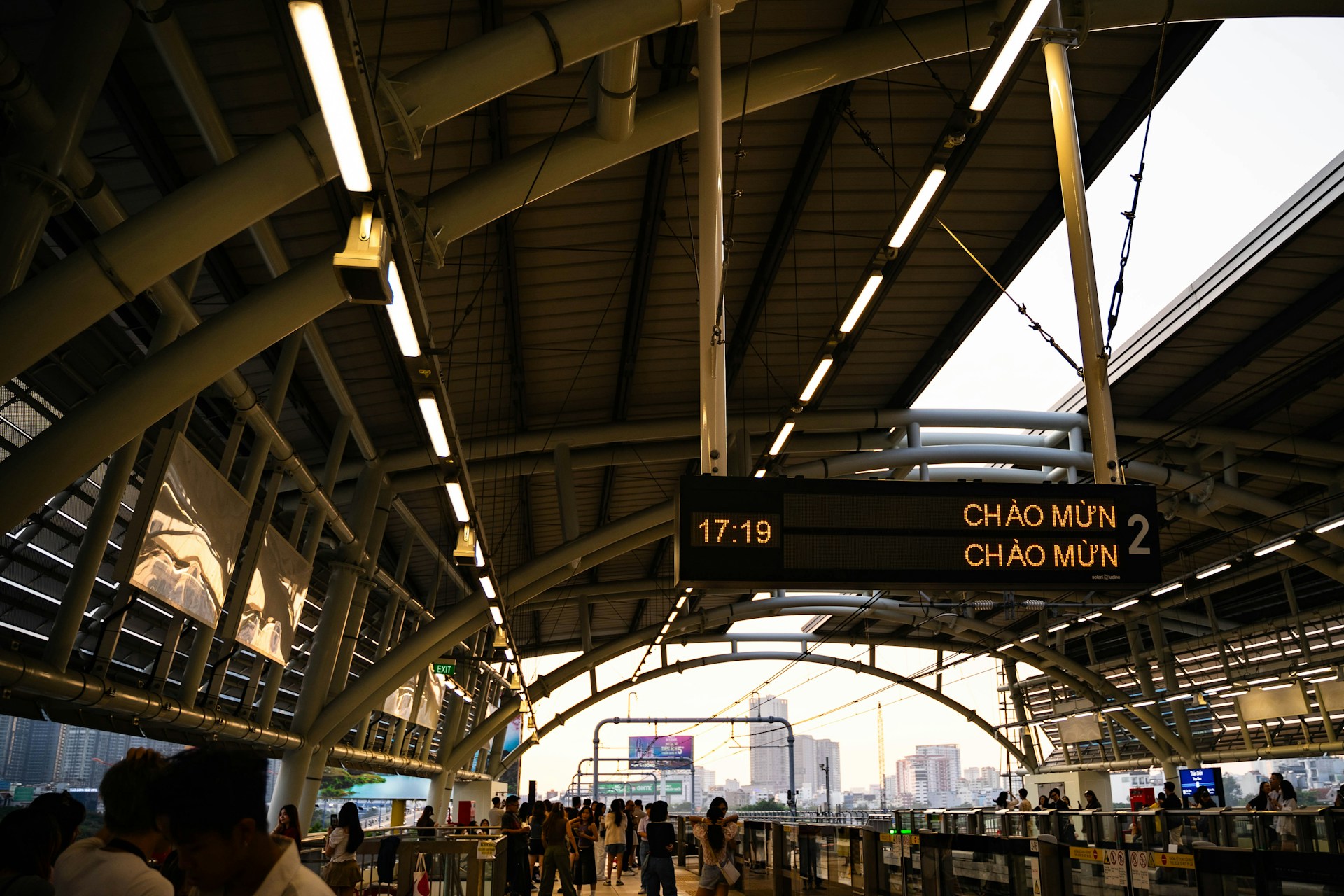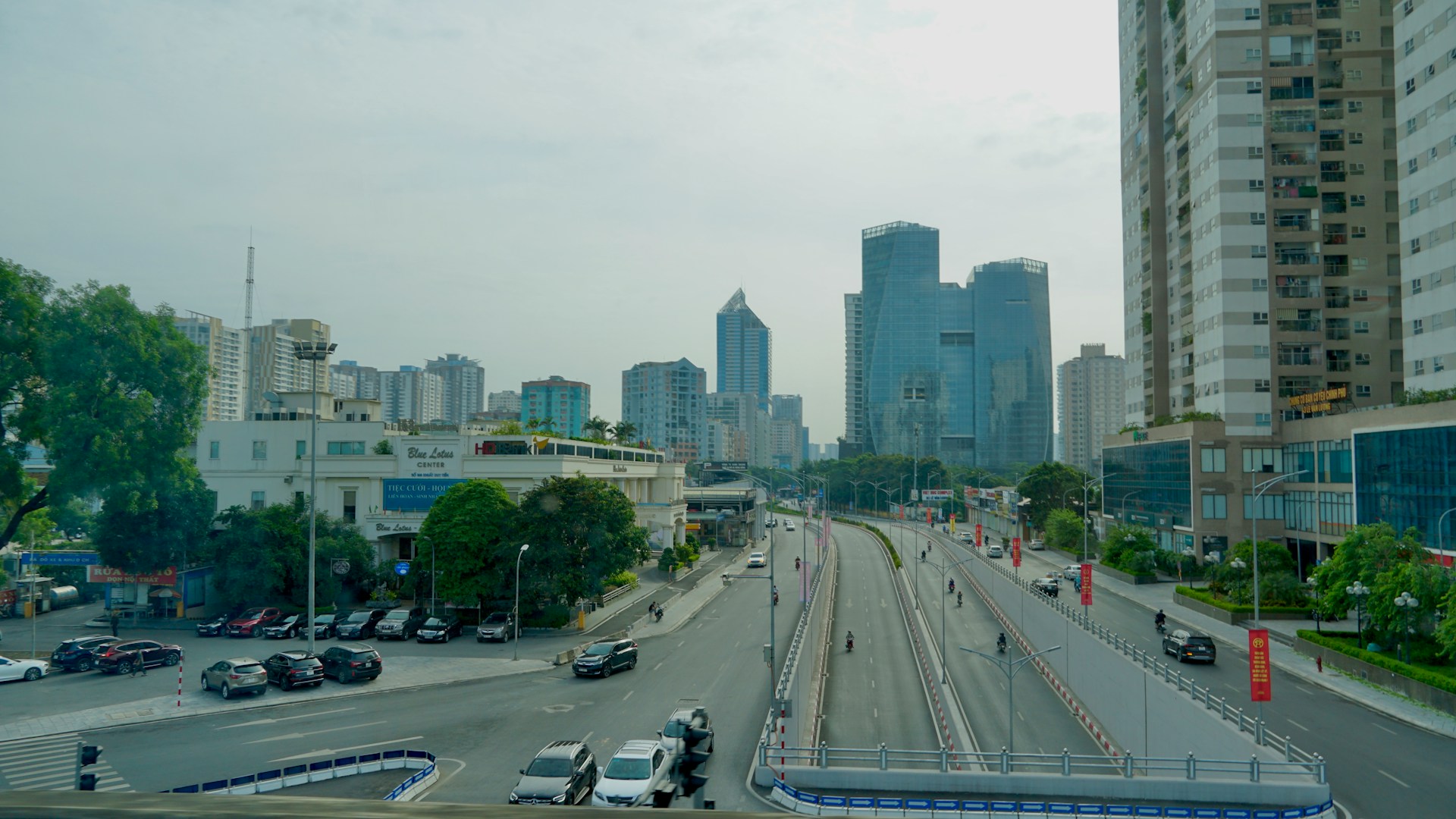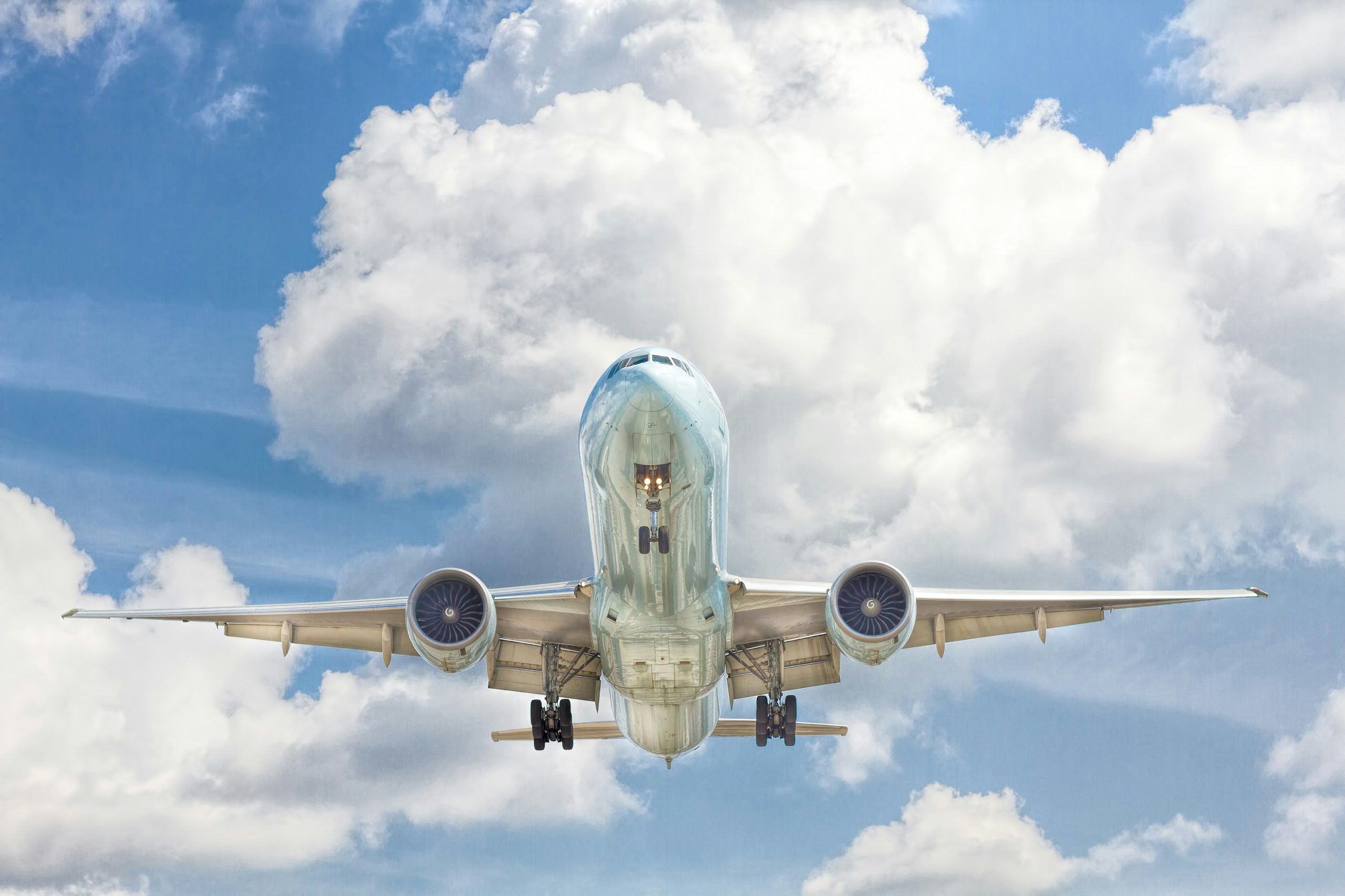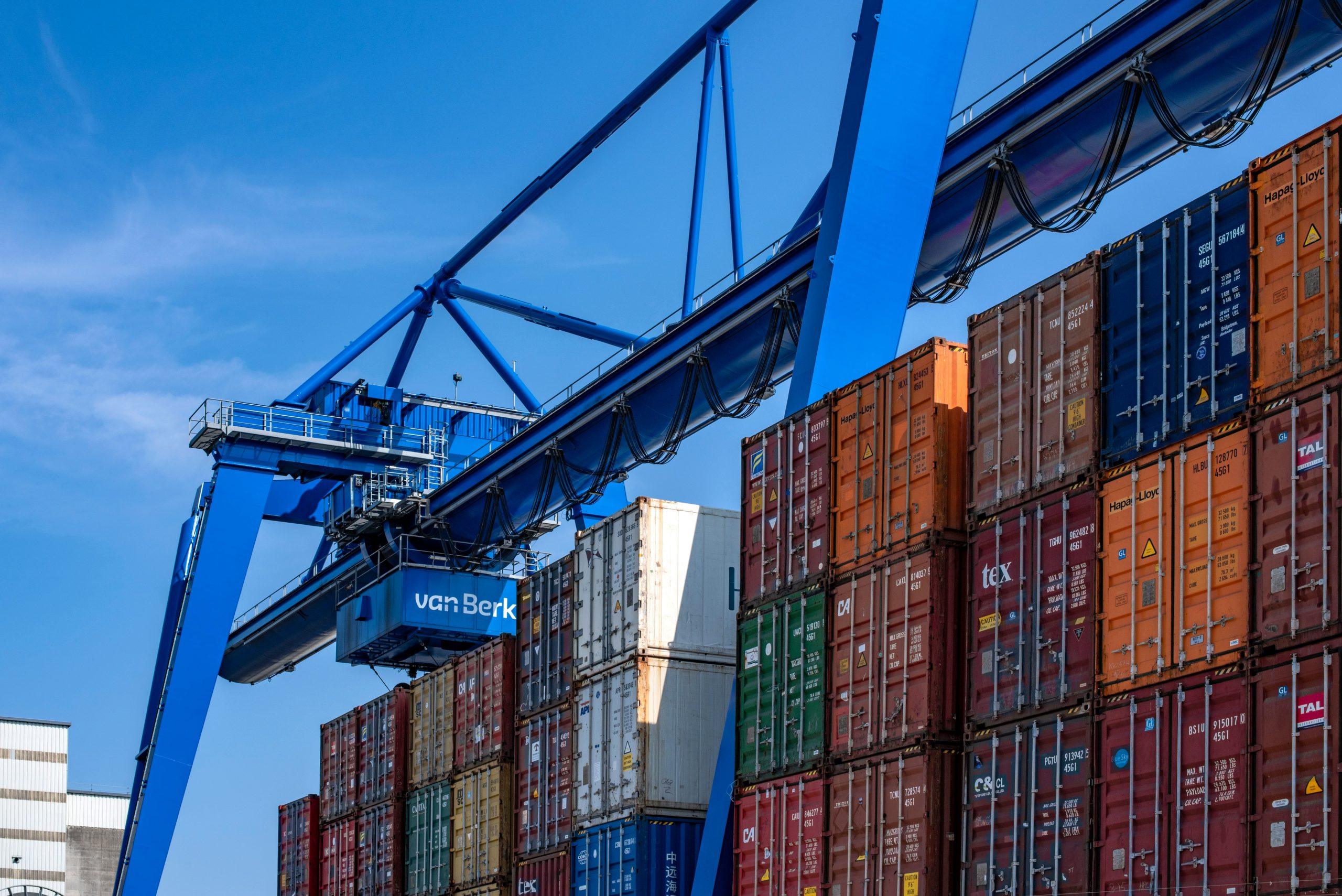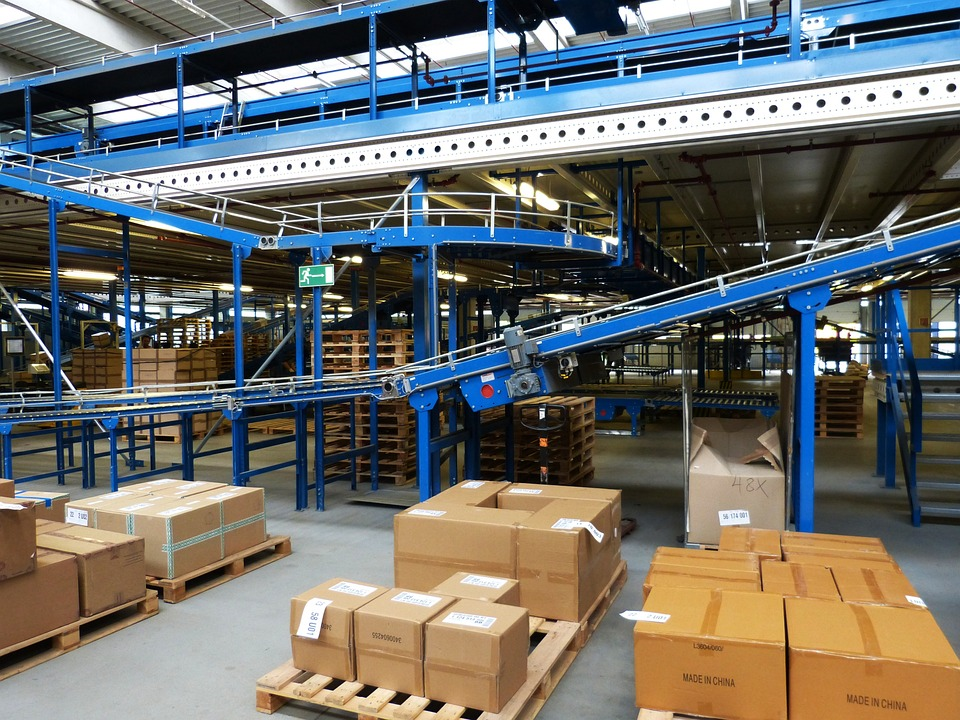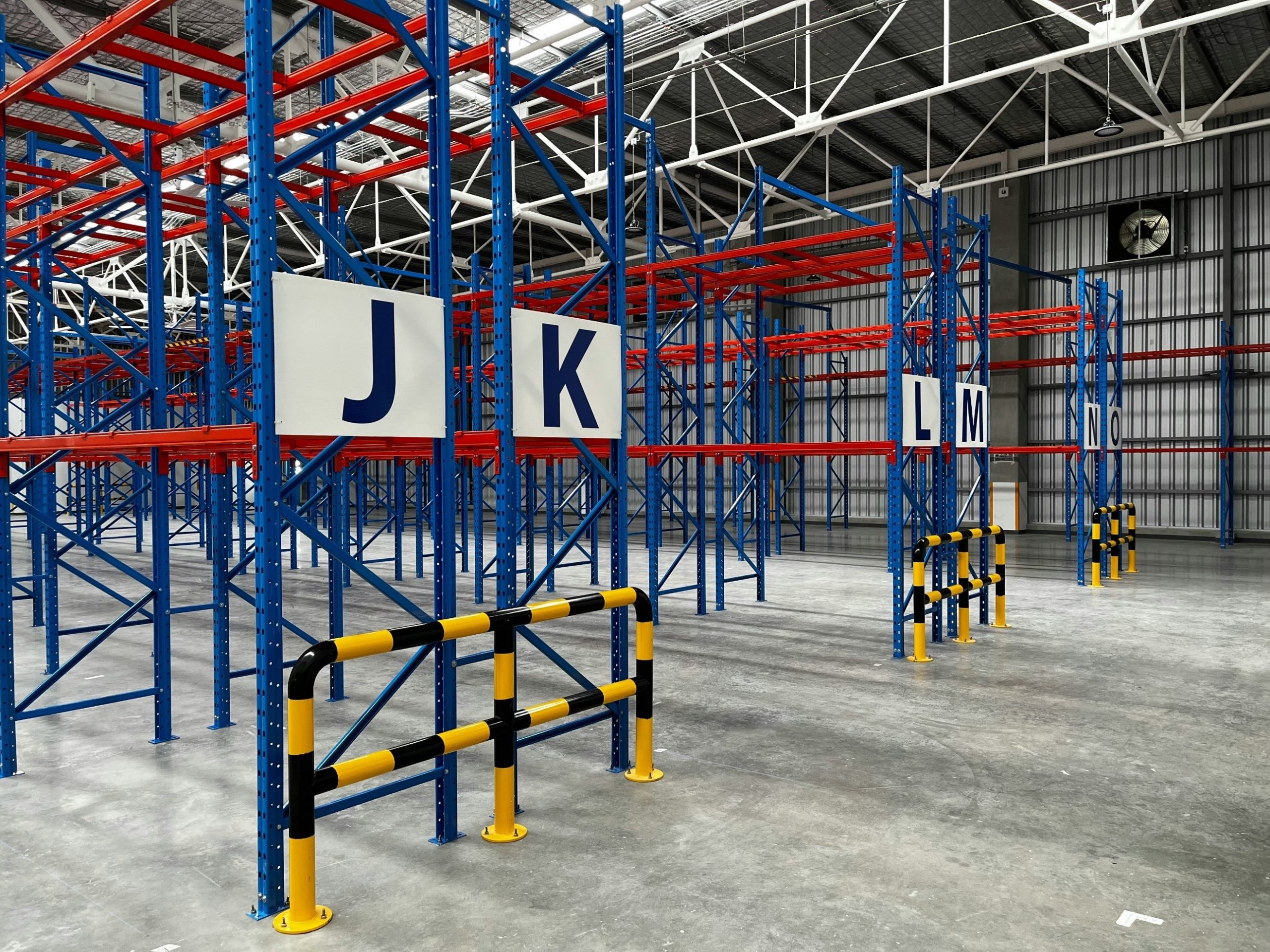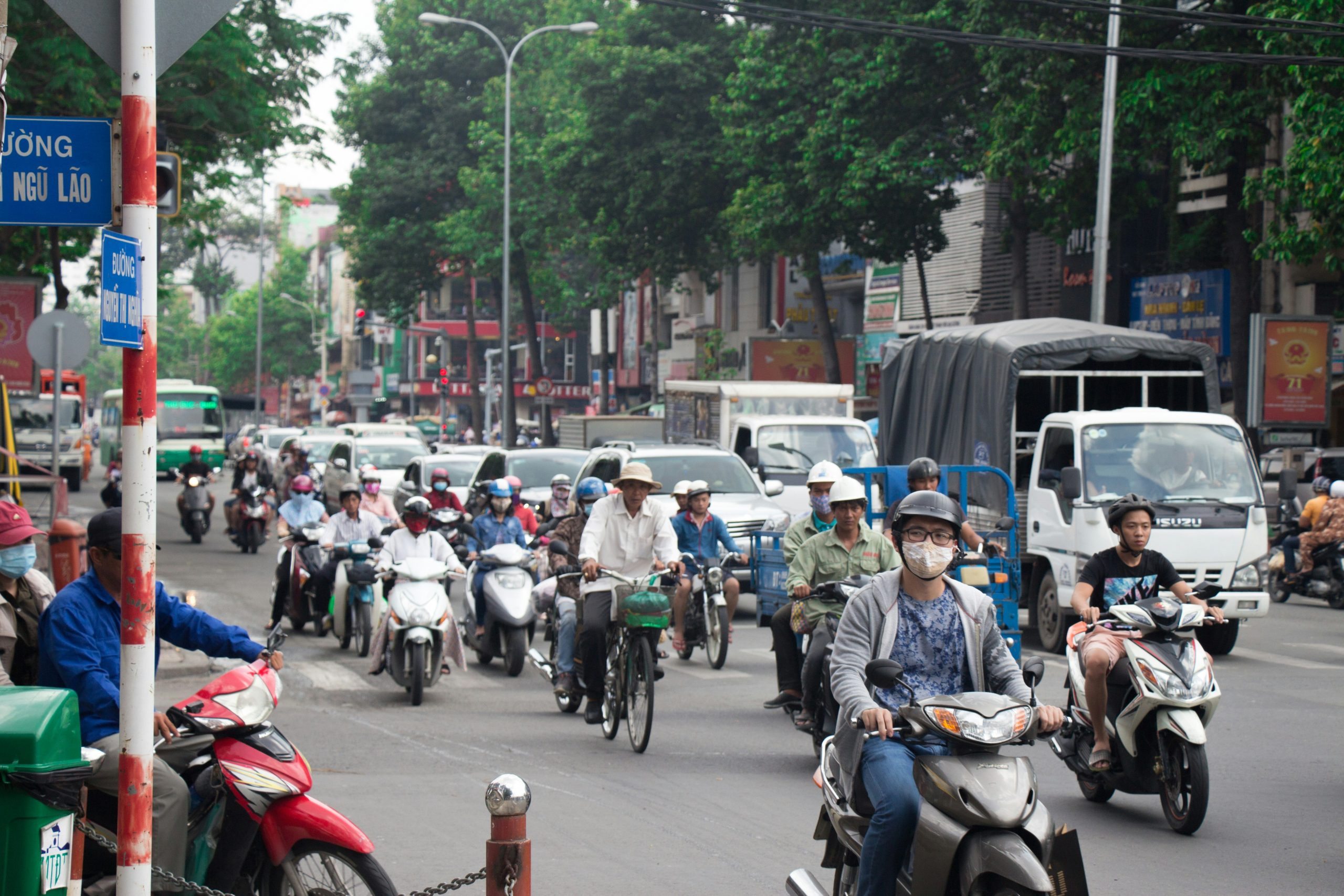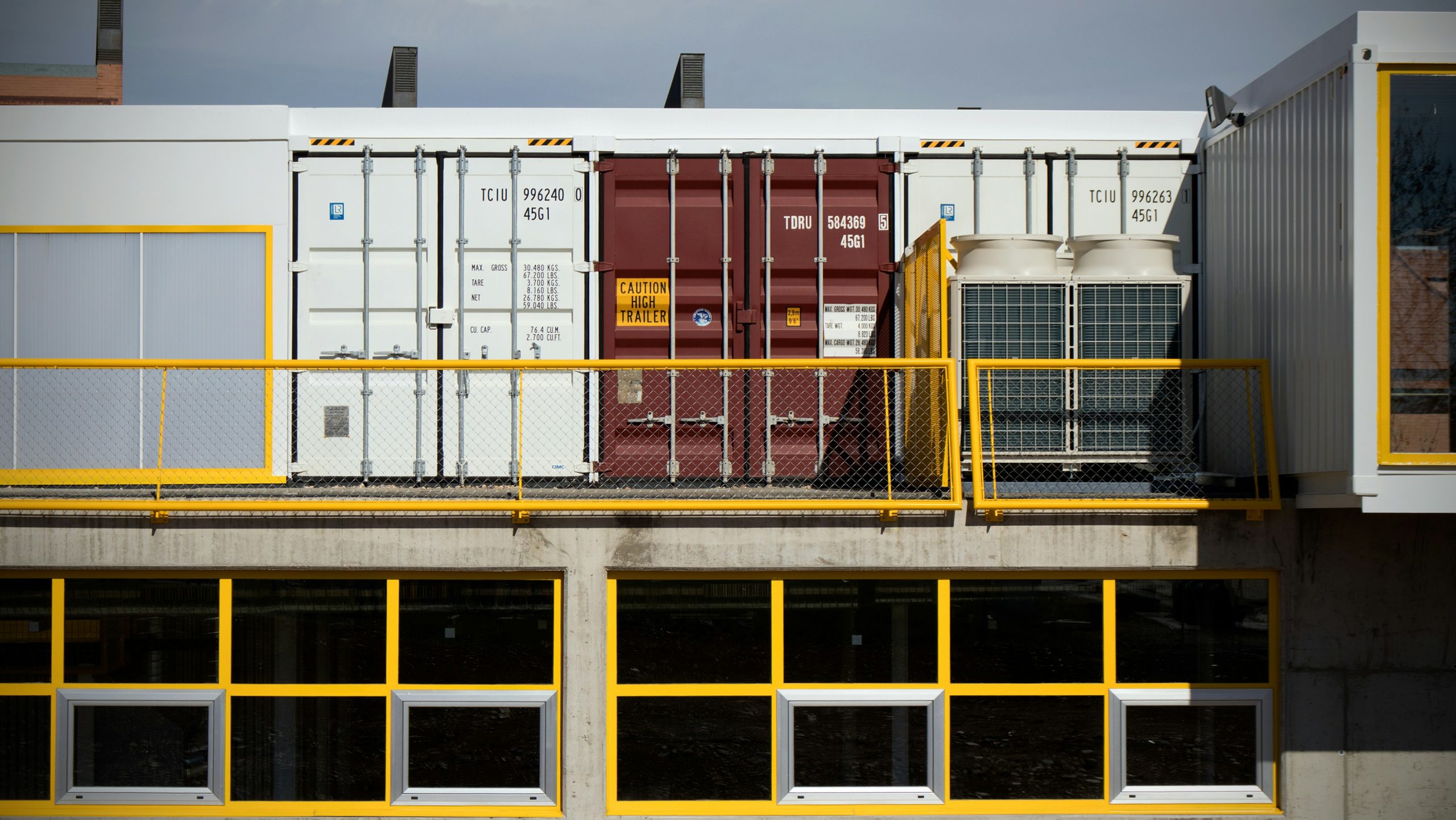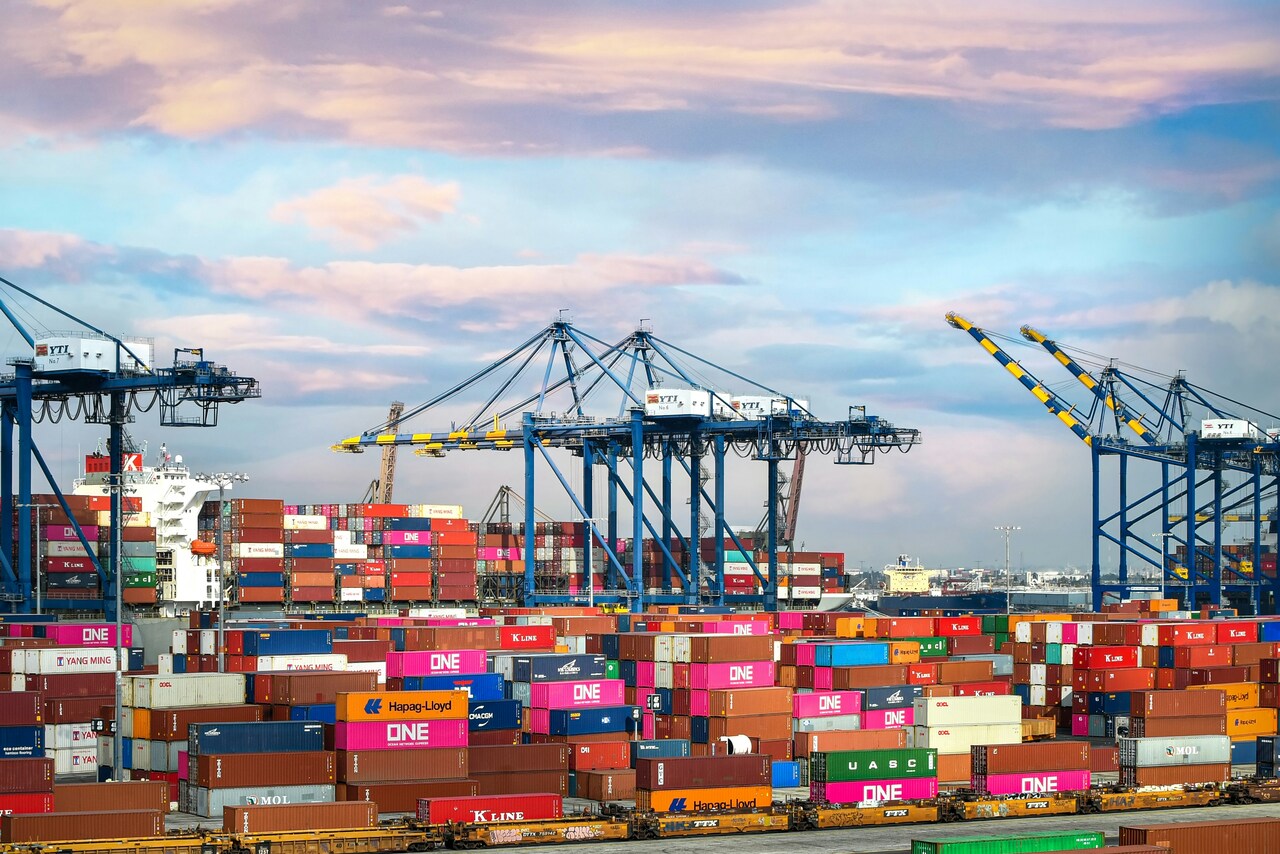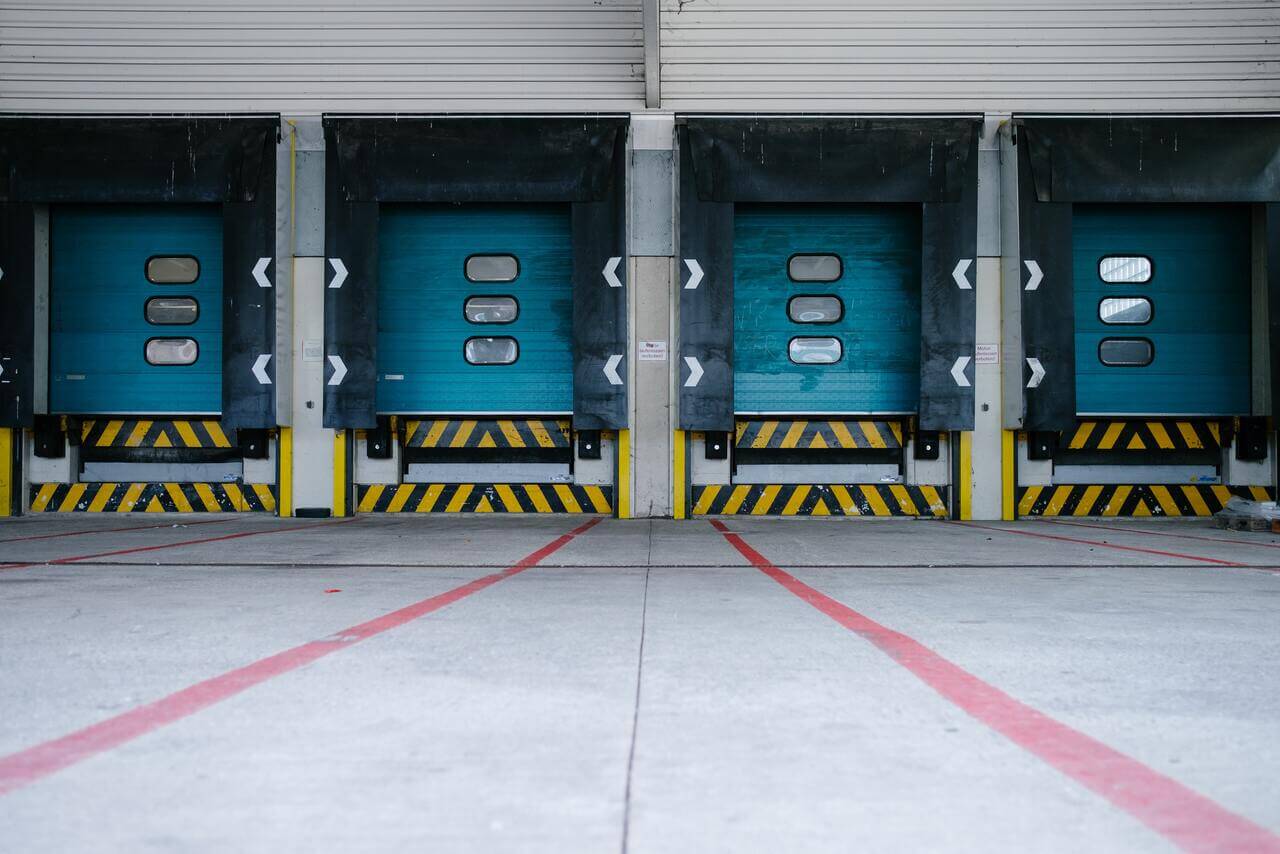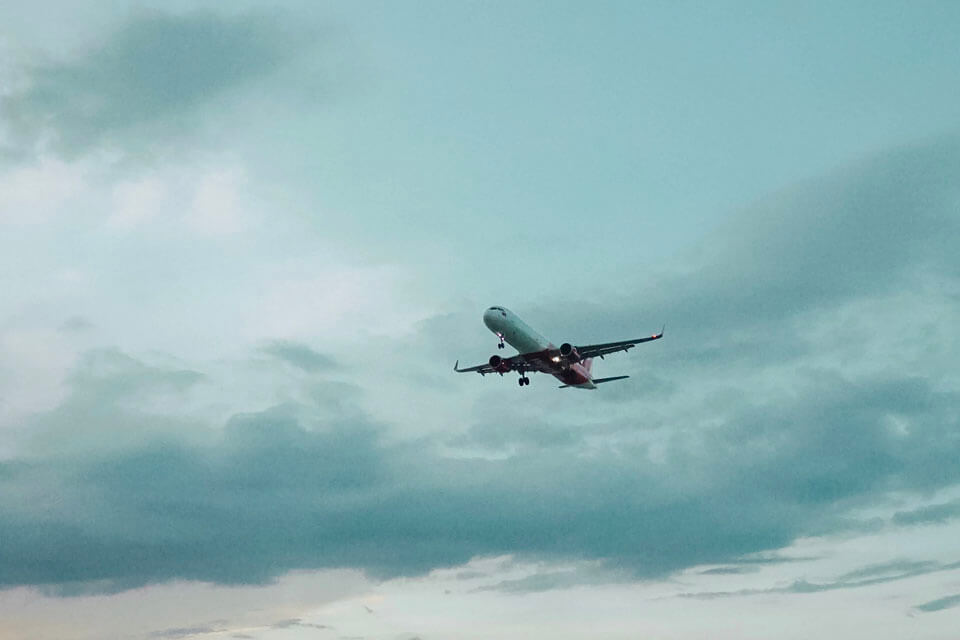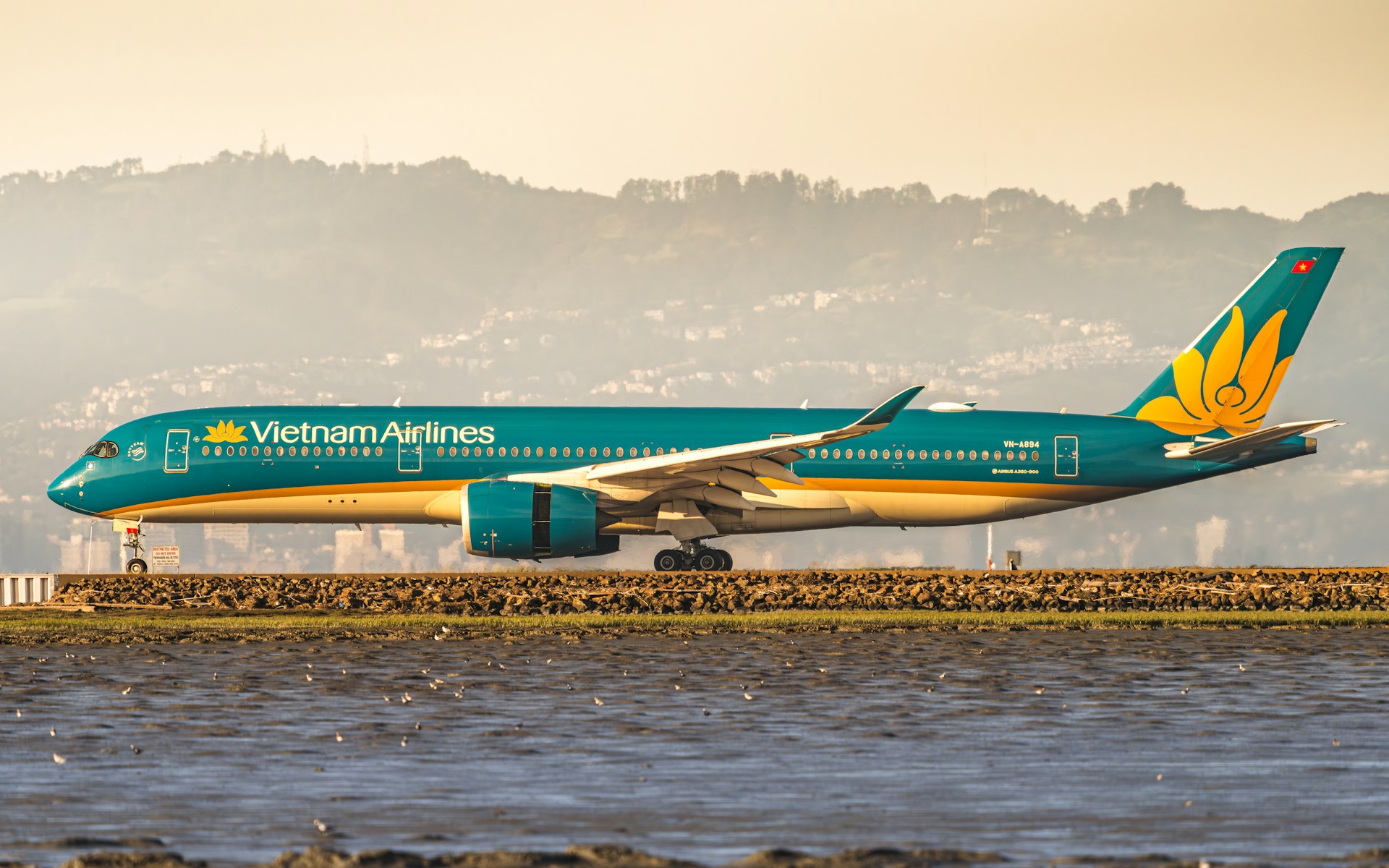
195 月2025
精彩内容 / 精彩内容 JP / 精彩内容 vi / 行业评论 / 最新资讯及报告
评论: 没有评论.
越南航空市场正经历快速增长,但正处于关键时刻。尽管客流量创历史新高,且新冠疫情后复苏迹象明显,但该行业仍面临日益严峻的挑战,包括航班准点率下降、飞机采购延迟以及国际航线乘客满意度下降。本文将全面分析越南航空业的现状和未来前景,并特别关注国家航空公司越南航空(VNA)。
准点率下降
尽管越南航空公司的准点率在2020-2021年新冠疫情期间达到高位,但由于拥堵和运营效率下降,自2022年以来一直呈下降趋势。2024年,越捷航空的准点率降至约63%,而越南航空(VNA)则保持相对稳定,为83%。
越南主要航空公司航班准点率(%)
| Vietnam Airlines | 越南捷运航空 | 竹子航空 | 太平洋航空 | 瓦斯科 | 越南旅游航空 | |
| 2020 | 95.00 % | 89.60 % | 96.00 % | 90.00 % | 92.00 % | – |
| 2021 | 95.00 % | 90.00 % | 96.50 % | 91.00 % | 93.00 % | – |
| 2022 | 87.10 % | 79.50 % | 92.50 % | 84.50 % | 92.00 % | 86.50 % |
| 2023 | 86.80 % | 79.00 % | 92.40 % | 84.40 % | 91.00 % | 86.60 % |
| 2024 | 83.00 % | 63.00 % | 82.80 % | 71.70 % | 85.50 % | 81.50 % |
(2024 年数据为 2024 年 1 月至 9 月期间的数据)
从平均延误时间来看,越航航班延误时间相对较短,约为45分钟,而越捷航空的航班延误时间有时会超过60分钟,凸显了两家国内航空公司之间的差距。从这些数据来看,可以说越航在该地区保持了平均运营水平。
机队老化、交付延迟、运营效率下降
越航目前拥有约180架飞机,但据报道只有约150架飞机在运营客运服务。这一缺口主要源于老旧飞机退役、回租协议重组以及新飞机交付延迟。尤其值得一提的是,围绕波音737 MAX的全球性问题已产生广泛影响。继最近的阿拉斯加航空事故之后,采购计划正在重新评估,这可能会影响越航自身的计划。此外,由于新兴市场需求激增,交付延迟持续加剧,波音和空客的供应链都面临巨大压力。
社交媒体上的客户声音:国际航线审查更加严格
社交媒体分析显示,针对越南航空 (VNA) 的大部分批评集中在国际航线的延误和航班时刻表突然调整上。例如,2024 年初的报告显示,河内至新加坡航线频繁出现平均超过一小时的延误。相比之下,国内航线在准点率方面的反馈普遍更为积极,因此整体乘客满意度相对稳定。
许多旅游业专业人士指出,虽然统计数据显示延误率有所改善,但感知到的服务质量仍有待提升。尤其是在商务旅行需求旺盛的航线上,人们越来越期望能够更快地响应改签请求和航班变更。
客运量超过新冠疫情前水平,创下新高
航空市场的复苏速度也值得关注。2023年,国内和国际航空旅客总数达到约1.25亿人次,同比增长29%,创历史新高。越南航空(VNA)运送了约2400万名乘客,占据了21%的国内市场份额。值得注意的是,国内旅行量已超过新冠疫情前的水平,表明需求强劲。尽管国际旅行量仍保持在2019年约85%的水平,但预计到2024年底将全面复苏。
越南航空公司旅客数量(人次)
| 国内航班旅客数量(万人次) | 国际航班旅客数量(百万人次) | |
| 2020 | 70 | 30 |
| 2021 | 75 | 32 |
| 2022 | 80 | 35 |
| 2023 | 85 | 40 |
| 2024 | 90 | 45 |
摘要:改进和提高竞争力的步骤
越南航空市场在快速增长的同时,也在不断解决问题,以下几点对VAN尤为重要。
- 继续改善延迟率:提高月度数据的公开披露和透明度,以降低2023年12.5%的延迟率。
– 提高设备采购效率:引进新设备,提高维护效率,以提高自有设备的利用率。
– 从用户角度改进服务:通过反映SNS和旅行社的反馈,及时解决延误问题,尤其是国际航班的延误问题。
展望未来,越南航空(VNA)有望在透明度和质量控制方面更接近国际标准,并借鉴全日空和日航等日本航空公司的经验。随着越南航空市场的增长与挑战不断交织,VNA能否成为其未来的象征,仍是一个疑问。
*如果您想引用本文中的任何信息,请注明来源以及原始文章的链接,以尊重版权。
| B&Company
自 2008 年以来,日本第一家专门从事越南市场研究的公司。我们提供广泛的服务,包括行业报告、行业访谈、消费者调查、商业配对。此外,我们最近还开发了一个包含越南 900,000 多家公司的数据库,可用于搜索合作伙伴和分析市场。 如果您有任何疑问,请随时与我们联系。 信息@b-company.jp + (84) 28 3910 3913 |




